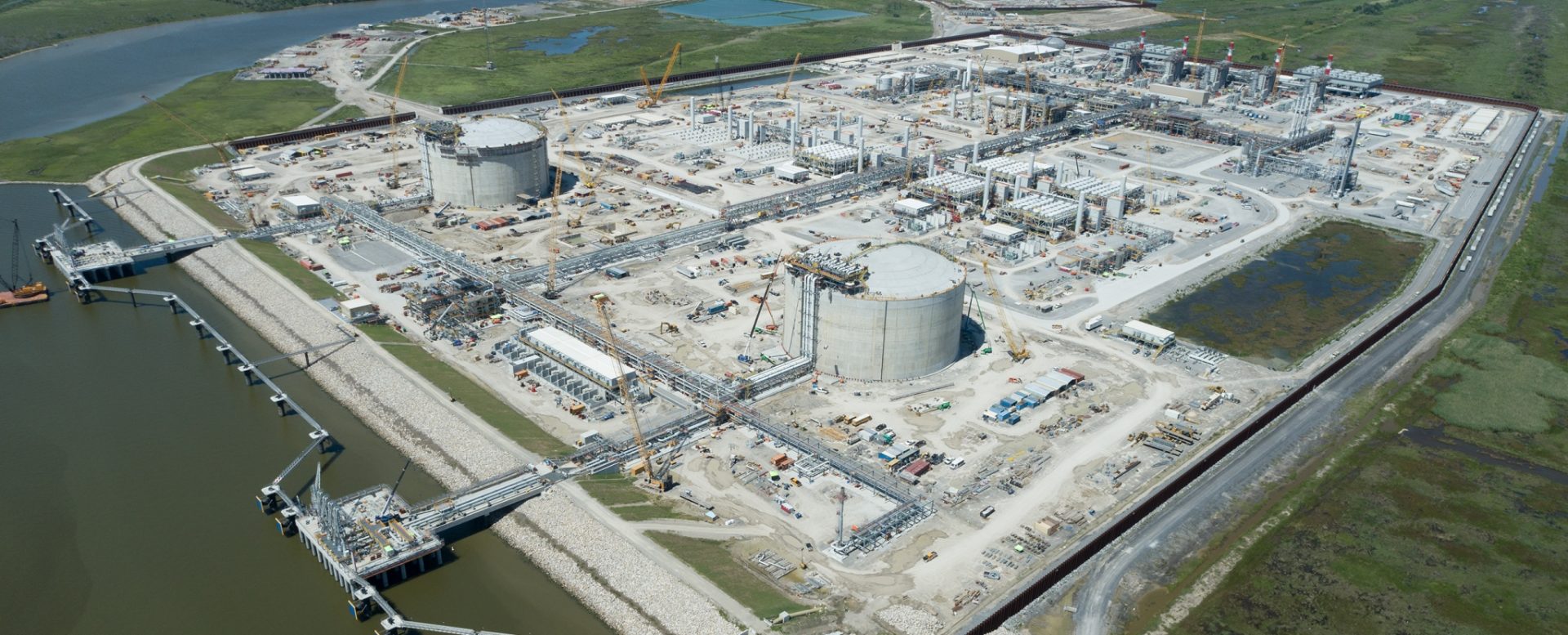The US Energy Information Administration expects the Henry Hub spot price to average $5.80/MMBtu in the fourth quarter of this year, according to its latest short-term energy outlook.
This is $1.80/MMBtu higher than in the September STEO.
In the current forecast, Henry Hub prices reach a monthly average peak of $5.90/MMBtu in January and generally decline through 2022, averaging $4.01/MMBtu for the year amid rising US natural gas production and slowing growth in LNG exports, the agency said.
EIA raised its Henry Hub price forecast through the end of 2022 compared with last month.
“The increase reflects a higher starting point for our price forecast that incorporates recent developments in US and global natural gas markets,” it said.
The agency expects that US inventory draws would be slightly more than the five-year average this winter, and it expects that factor, along with rising US natural gas exports and relatively flat production through January will keep US natural gas prices near recent levels before downward pressures emerge.
“Given low natural gas inventories in both US and European natural gas storage facilities and uncertainty around seasonal demand, we expect natural gas prices to remain volatile over the coming months, with winter temperatures being a key driver of demand and prices,” EIA said.
US LNG exports to increase
The agency estimates that US LNG exports averaged 9.3 billion cubic feet per day (Bcf/d) in September 2021, down 4% from August.
Despite the recent monthly decline, these were the most US LNG exports for September since the US began exporting LNG from the Lower 48 states in February 2016, according to the agency.
“Even though September exports were a record for the month, they were limited by weather conditions, which led to the suspension of piloting services for several days at Sabine Pass, Cameron, and Corpus Christi,” EIA said.
EIA expects that LNG exports will average 9.1 Bcf/d in October and then increase in the coming months.
Cove Point LNG terminal has also recently completed its annual maintenance.
“Through this winter, LNG exports in the forecast average 10.7 Bcf/d as global natural gas demand remains high and several new LNG export trains – the sixth train at Sabine Pass LNG and the first trains at the new LNG export facility Calcasieu Pass LNG – enter service,” EIA said.

